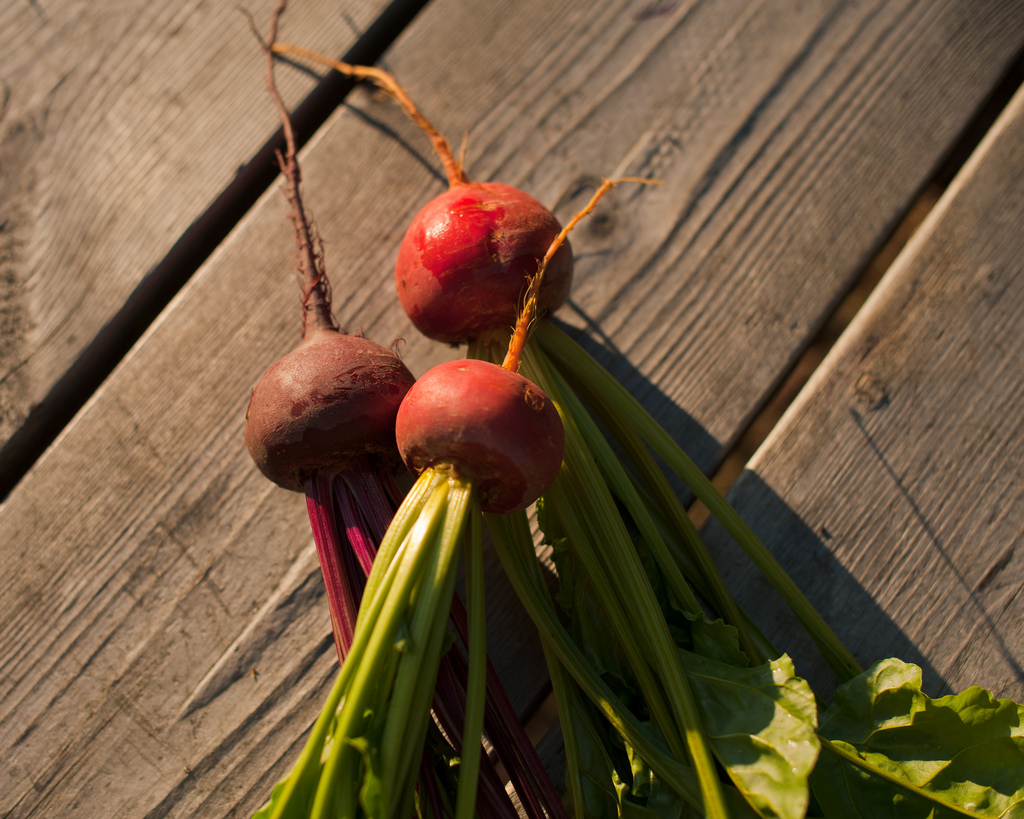Admin note
 Tuesday, July 22, 2008
Tuesday, July 22, 2008  Tuesday, July 22, 2008
Tuesday, July 22, 2008  Wednesday, July 16, 2008
Wednesday, July 16, 2008 Here are two helpful resources I used in a counseling session recently:
What resources or specific advice do you give your clients who are on warfarin? Feel free to share these in the comments section.
 Tuesday, July 15, 2008
Tuesday, July 15, 2008 Note: The credits for all 12 Creative Commons-licensed photos in this post are listed at the end. You'll need to read the featured article to determine which photo does not belong -- that is, it didn't make the list of the 11 best foods you may or may not be eating.












------------------------------------------------------------------------------------------------
Last week while reading an online article on gardening, I glanced to the right side of the screen where seven words in tiny type instantly diverted my thoughts from July planting to wondering if I was missing out on the latest nutrition wisdom:
Could any dietitian resist checking out an article with this title? Not I. So I stopped reading about what seeds to sow for late summer bounty and clicked on the link so I could reassure myself I was eating some if not all of those "best foods."
Except for sardines, which will never pass my lips, I discovered my diet incorporates the items, although the frequency varies from rarely (tumeric) through occasionally (pomegranate juice) to often when in season (blueberries, pumpkin).
But I'm not sharing this article with you because I think it's the best best foods list. Although eleven is a manageable number and one more than the ubiquitous top ten lists, I'd like to see a few more foods added, especially in this season of abundant fresh produce. Also, I agree with several commenters' concerns about the list-maker's credentials. To supplement these 11 or 10 foods (no sardines for vegetarians, please!) you could refer to Leslie Beck's page of Featured Foods. And I highly recommend compiling Kelly Rossiter's Planet Green posts on Farmers' Markets: you will have a week-by-week list of fruits and vegetables -- some of which might be unfamiliar -- to purchase and prepare in new and delicious ways. Of course I also need to give a shout-out to Melanie of Dietriffic whose lists are consistently practical, interesting to read, well-researched and based on the latest nutrition science.
No, the main reason I've highlighted this particular post is to introduce you to Well, the blog in which it was published. It's new to me and perhaps to you, also. Here's the description of this blog:
Healthy living doesn't happen at the doctor's office. The road to better health is paved with the small decisions we make every day. It's about the choices we make when we buy groceries, drive our cars and hang out with our kids. Join columnist Tara Parker-Pope as she sifts through medical research and expert opinions for practical advice to help readers take control of their health and live well every day.
I wish I had stumbled upon Well about 10 months ago when it was launched. Now I have quite a bit of catch-up reading to do. Here are just a few of the past posts I want to read. Perhaps they will pique your interest, too:
Now that I've finished reading the Best 11 Foods and writing this post I can return to the gardening article. Earlier I stated this "top 11 list" distracted me from planning my summer-to-fall garden but in fact it actually helped my decision-making: I'll be adding Swiss chard to the list of seeds to sow this week.
------------------------------------------------------------------------------------------------
 Monday, July 14, 2008
Monday, July 14, 2008 Found at Surgical Tutor, a helpful resource to check when designing enteral feeding regimens with and without concomitant iv therapy:
When calculating fluid replacement for a patients need to consider:
Hartmann’s Solution
Normal Saline
Dextrose Saline Sodium (mmol/l) 131 150 30 Chloride (mmol/l) 111 150 30 Potassium (mmol/l) 5 Nil Nil Bicarbonate (mmol/l) 29 Nil Nil Calcium (mmol/l) 2 Nil Nil
[Note: Hartman's Solution -- a solution containing sodium chloride, sodium lactate, and phosphates of calcium and potassium; used intravenously as a systemic alkalizer and as a fluid and electrolyte replenisher. ]
Click here to view the full table and notes.
 Friday, July 11, 2008
Friday, July 11, 2008 
Recently the Neurology physicians consulted me about a patient (Mr. X) with Wernicke's Encelphalopathy. They made this diagnosis based on Mr. X's response to iv thiamine -- his clinical symptoms resolved. This was my first consultation of this type in a few years and I had a student observing me (always a good motivator to make sure you know your stuff) so I reviewed some resources to prepare for the assessment. The patient's nutrition history supported the diagnosis and although I'm not a physician and therefore am reluctant to refine the diagnosis, I believe Mr. X had a relative rather than absolute thiamine deficiency. He reported recent significant wt loss (7 kg), decreased intake (1 meal per day), minimal intake of grains, vegetables and fruits, and regular although apparently not excessive alcohol consumption (2 beers or 2 glasses of wine every evening). Because he has been looking after the needs of an aging family member as well as working fulltime, he has been neglecting his self-care, including diet. There were some other barriers to intake but through discussion, he and his wife came up with realistic solutions based on the ideas and resources I offered to them.
Here are the resources I used in my assessment and counselling:
 Post a Comment |
Post a Comment |  Share Article |
Share Article |  5 References |
5 References |  Permalink | tagged
Permalink | tagged  Nutritional neuropathies,
Nutritional neuropathies,  Thiamine deficiency
Thiamine deficiency